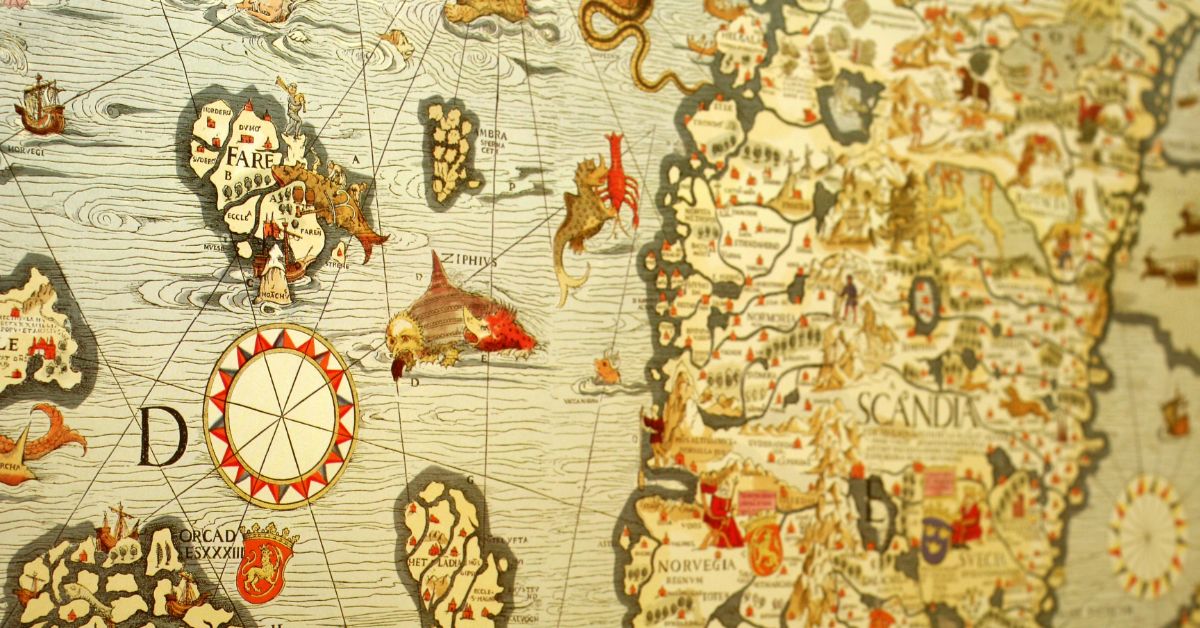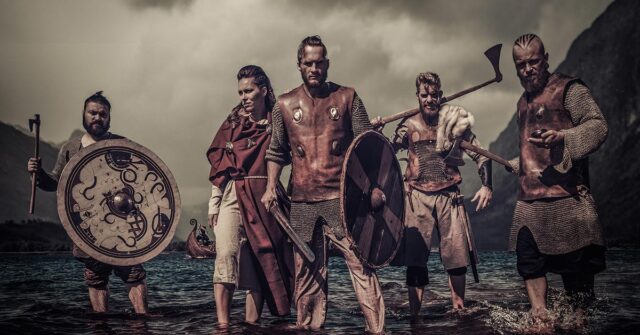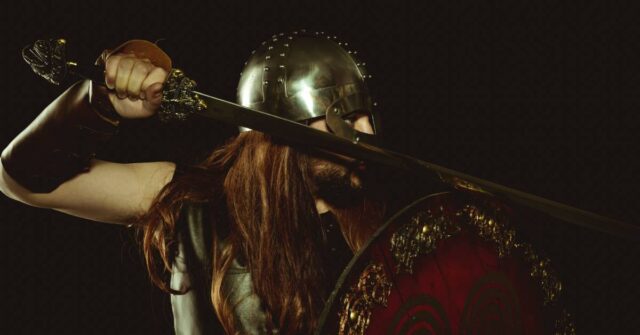The Vikings, a seafaring people from the late eighth to early 11th century, have long captivated the imaginations of historians, archaeologists, and the public alike.
But who were these enigmatic warriors, explorers, and traders? And where did they come from?
In this comprehensive blog post, we will delve deep into the origins of the Vikings, exploring their history, culture, and legacy.
Introduction
The Vikings, originating from Scandinavia, have long captured the imagination of historians and the general public alike. Their exploits and adventures across Europe, Asia, and North America have left an indelible mark on history.
However, there is much more to the Vikings than just raiding and warfare. This blog post aims to peel back the layers of myth and legend, providing a nuanced and comprehensive view of the Vikings, their origins, and their legacy.
Through exploring their culture, society, and impact on the world, we hope to gain a deeper understanding of these fascinating people.
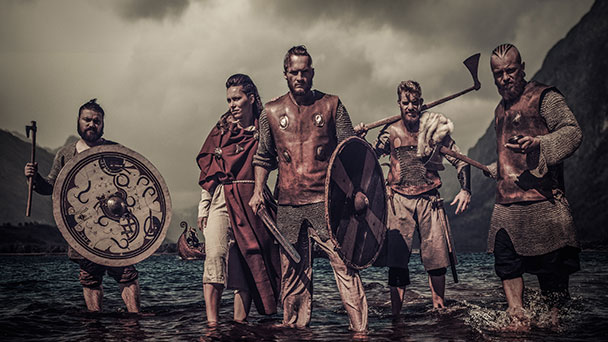
A Brief Overview of the Vikings
The Vikings originated from Scandinavia, which includes the present-day countries of Denmark, Norway, and Sweden.
They were known for their exceptional navigational skills, which they used to explore, trade, and raid across Europe, Asia, and the North Atlantic.
Despite their reputation as fierce warriors, the Vikings were also skilled craftsmen, traders, and settlers. Their impact on the regions they encountered was profound and lasting, shaping the course of medieval history.
Chapter 1: Unraveling the Viking Age
The Viking Age, traditionally dated from the late 8th century to the early 11th century, was a period of significant change and transformation in Scandinavia and the areas affected by Viking activity.
To fully understand the Vikings and their impact on the world, we must first delve into this pivotal era, exploring its origins, characteristics, and the factors that led to the rise of the Vikings.
This chapter sets the stage for our journey into the world of the Vikings, providing the necessary background and context for the exploration of their society, culture, and legacy.
Defining the Viking Age
The Viking Age is generally considered to have occurred from the late eighth century to the early 11th century. This period was marked by the Vikings’ expansion through trading, exploration, and raiding.
Their journeys took them as far east as the Volga River in Russia, as far south as the Mediterranean, and as far west as Newfoundland.
Key Historical Events During the Viking Age
The Viking Age was a time of significant change and upheaval in Europe.
Key events include the first Viking raid on the monastery at Lindisfarne in 793, the establishment of the Danelaw in England, and the founding of the Norman dynasty in France by the Viking descendant, William the Conqueror.
These events showcase the Vikings’ significant impact on medieval Europe.
The End of the Viking Age
The Viking Age is traditionally considered to have ended with the defeat of King Harald Hardrada of Norway at the Battle of Stamford Bridge in 1066. This battle marked the decline of Viking influence and the rise of centralized kingdoms in Scandinavia.
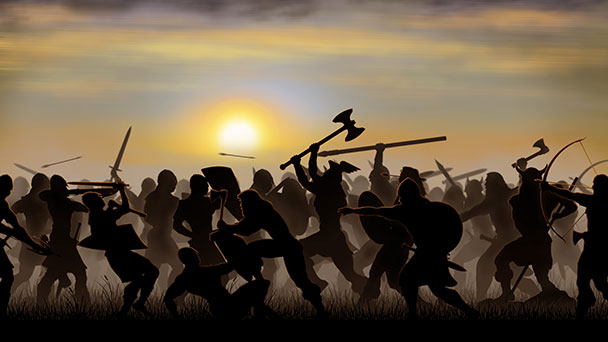
Chapter 2: Geographic Origins of the Vikings
Understanding the geographic origins of the Vikings is crucial to comprehend their culture, lifestyle, and the expeditions they undertook. Scandinavia’s unique landscape and climate played a significant role in shaping the Vikings and their society.
In this chapter, we will delve into the specific regions within Scandinavia that were central to the Vikings, as well as explore the influences from neighboring regions that contributed to their development.
The Scandinavian Homelands
The Vikings’ journey begins in their Scandinavian homelands, each region contributing uniquely to the Viking identity. Denmark, Norway, and Sweden were not just points of origin; they were crucibles of culture, trade, and maritime innovation.
Here, we explore each of these regions in detail to understand their specific roles and contributions to the Viking saga.
Denmark
Denmark was a crucial center of Viking activity, serving as a political and trading hub. The Danes, as they were known, were heavily involved in the Viking expeditions to the British Isles and France.
Norway
Norway’s rugged coastline and fjords made it an ideal location for the Vikings’ unique shipbuilding and navigational skills. The Norwegians explored the North Atlantic, settling in places like Iceland and Greenland.
Sweden
Sweden was home to the Varangians, Vikings who traveled eastward, establishing trade routes and settlements in Russia and beyond. The Swedes played a crucial role in the development of trade networks throughout Europe and Asia.
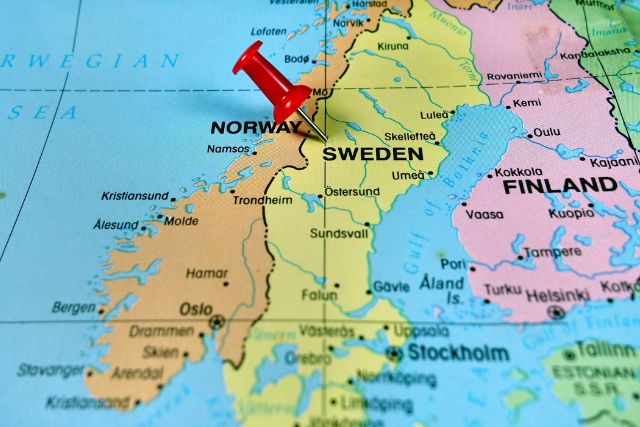
Influences from Neighboring Regions
While the Vikings were primarily based in Scandinavia, they were influenced by and interacted with neighboring cultures in the Baltic, the British Isles, and continental Europe. These interactions resulted in cultural exchange, trade, and at times, conflict.
Chapter 3: Cultural and Social Aspects
The Vikings were more than just warriors and explorers; they were members of a complex society with rich traditions, beliefs, and social structures.
In this chapter, we will delve into the cultural and social aspects of Viking life, exploring their language, writing, religion, social structure, and daily activities. This exploration will provide a comprehensive understanding of what it meant to be a Viking.
Language and Writing
The language and writing of the Vikings were integral parts of their culture, serving as means of communication, expression, and legacy.
Through their Old Norse language and runic writing, the Vikings left behind a linguistic heritage that continues to be studied and admired today. Let’s take a closer look at these important cultural elements.
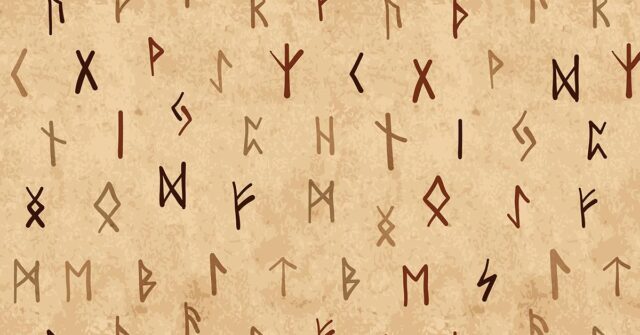
Old Norse Language
Old Norse was the language spoken by the Vikings, and it had a significant impact on the languages of the regions they invaded. Many words in modern English, for example, have Old Norse origins.
Runic Writing
The Vikings used a script known as runes for writing. Runestones, large stones inscribed with runes, are found throughout Scandinavia and the Viking colonies and serve as important historical records.
Religion and Mythology
The spiritual beliefs and practices of the Vikings played a central role in their daily lives and societal structure.
From their pantheon of gods and goddesses to their rituals and ceremonies, Viking religion and mythology provide fascinating insights into their worldview and values. In this section, we explore these elements in depth.
Norse Gods and Goddesses
The Vikings practiced a polytheistic religion, worshipping a pantheon of gods and goddesses. Key figures include Odin, the chief god; Thor, the god of thunder; and Freyja, the goddess of love and fertility.
Rituals and Ceremonies
Rituals and ceremonies played a significant role in Viking society, with various rituals for birth, marriage, and death. Sacrifices, including animal and sometimes human sacrifices, were made to the gods.
Social Structure and Daily Life
The social fabric of Viking society was woven from a variety of threads, including family, occupation, and social status.
In this section, we explore the roles and relationships that defined daily life in the Viking world, as well as the artistic and craft traditions that were integral to their culture.
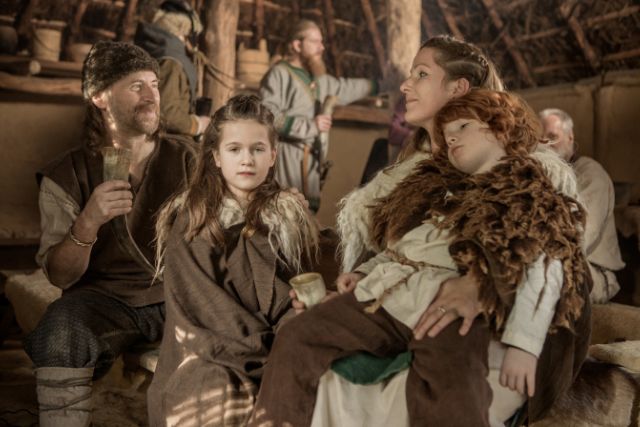
Gender Roles and Family Life
While Viking society was patriarchal, women held a relatively high status and had rights, such as the right to divorce. Families were the fundamental social units, and lineage was traced through both the mother’s and father’s lines.
Occupations and Trades
Vikings were farmers, traders, and craftsmen, as well as warriors. They produced a wide variety of goods, from textiles to weapons, and traded with cultures across Europe and Asia.
Art and Craftsmanship
Viking art is characterized by intricate designs and motifs, often inspired by nature and mythology. Their craftsmanship, particularly in shipbuilding and metalwork, was highly advanced and crucial to their success as traders and warriors.
Warfare and Exploration
Warfare and exploration were central to the Viking way of life, shaping their legacy and impact on the world.
From their fearsome warriors to their innovative ships and navigation techniques, this section delves into the martial and exploratory aspects of Viking society.
The Viking Warrior
The Viking warrior was a fearsome opponent, known for his skill in battle and use of weapons such as the sword, axe, and spear. Warriors operated within a code of honor and sought glory and renown through their deeds.
Ships and Navigation
The Vikings’ advanced shipbuilding and navigational skills were central to their way of life. Their ships, known as longships, were fast, agile, and capable of navigating both open seas and shallow rivers.
Notable Expeditions and Discoveries
The Vikings undertook numerous expeditions and discoveries, from the trading hubs of Russia to the uncharted lands of Greenland and Newfoundland. These journeys had a lasting impact on the world, establishing trade routes and cultural connections that endure to this day.
Chapter 4: Legacy and Influence
The Vikings left an indelible mark on the world, with their impact felt in numerous areas including culture, trade, and governance.
In this chapter, we will explore the legacy and influence of the Vikings, dispelling common misconceptions and highlighting their contributions to modern society.
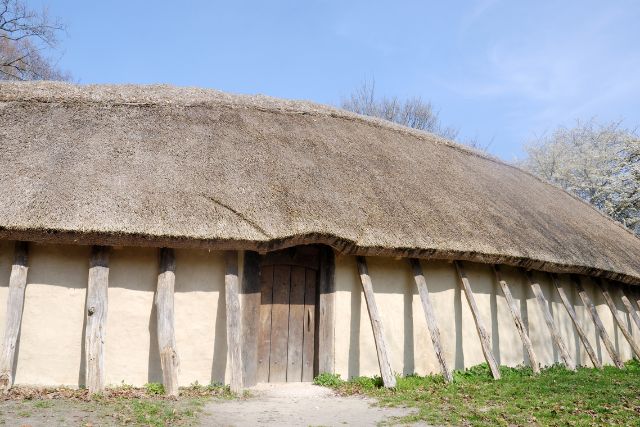
The Impact of Viking Raids and Settlements
The Viking raids and settlements left an indelible mark on medieval Europe. They established new trade routes, influenced local cultures, and even founded new kingdoms, such as the Danelaw in England and the Norman dynasty in France.
The Vikings’ Contribution to Modern Society
The Vikings’ legacy continues to be felt in modern society, particularly in the regions they once inhabited. They contributed to the development of languages, legal systems, and governance structures.
Their spirit of exploration and adventure continues to inspire people today.
Misconceptions and Stereotypes
While the Vikings are often portrayed as brutish raiders, this is a simplification of their complex society and culture. They were also skilled craftsmen, traders, and settlers, with a rich cultural heritage and a profound impact on the world.
Chapter 5: Archaeological Discoveries and Studies
The field of archaeology has been instrumental in uncovering the mysteries of the Viking Age, providing tangible evidence of their lives, culture, and activities.
In this chapter, we explore important archaeological discoveries and delve into the ongoing research and technological advancements that continue to illuminate the world of the Vikings.
Important Viking Age Archaeological Sites
Archaeological sites across Europe provide a physical connection to the Vikings, offering invaluable insights into their society and activities.
In this section, we explore some of the most important Viking Age archaeological sites, from their Scandinavian homelands to the far reaches of their expeditions.
Scandinavia
Scandinavia is home to numerous Viking Age archaeological sites, including burial mounds, runestones, and settlements. These sites provide valuable insights into the Vikings’ daily life, culture, and society.
British Isles
The British Isles were a major focus of Viking activity, and as such, there are many archaeological sites, including settlements, graves, and artifacts, that attest to their presence and influence.
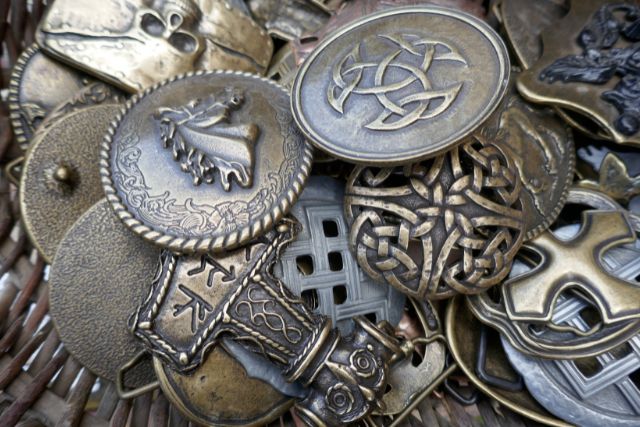
Elsewhere in Europe
The Vikings’ extensive trade and exploration networks reached across Europe, leaving behind archaeological evidence of their presence from Russia to the Mediterranean.
Recent Discoveries and Ongoing Research
Archaeological research on the Vikings is ongoing, with discoveries continually shedding light on their society, culture, and activities. These findings contribute to our understanding of the Vikings and their impact on the world.
The Role of Technology in Viking Archaeology
Advancements in technology, including DNA analysis and ground-penetrating radar, have revolutionized Viking archaeology, allowing researchers to make discoveries and gain deeper insights into the Viking Age.
Conclusion
As we reach the end of our extensive journey through the Viking Age, it is clear that the Vikings were a complex and multifaceted people, far beyond the common stereotypes of raiders and warriors.
Summarizing the Viking Legacy
Their legacy, rooted in their Scandinavian homelands, stretches across various facets of modern society, from language and law to navigation and art.
The Vikings were more than just warriors; they were also traders, explorers, and settlers with a complex society and rich cultural heritage. Their legacy continues to be felt today, as we continue to uncover and understand their impact on the world.
The Continued Fascination with the Vikings
The Vikings continue to captivate our imaginations, inspiring books, movies, and television shows. Their spirit of adventure, skill in battle, and profound impact on medieval history ensure that they will remain a subject of fascination and study for generations to come.

